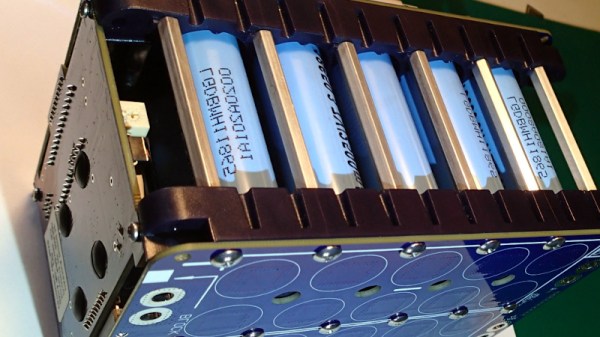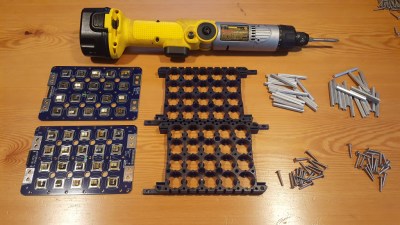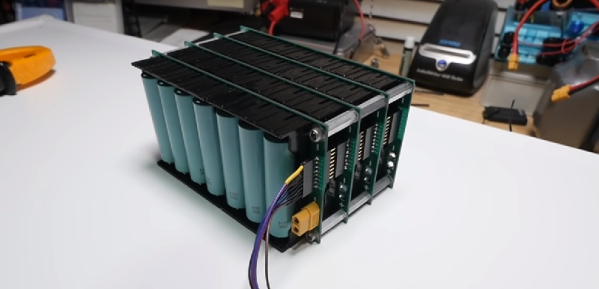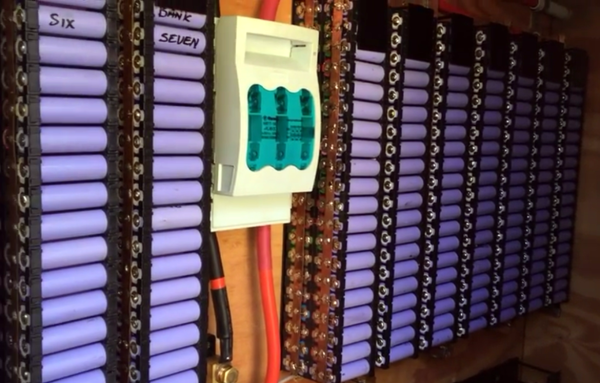As battery-to-grid and vehicle-to-home technologies become increasingly mainstream, the potential for repurposing electric vehicle (EV) batteries has grown significantly. No longer just a niche pursuit, using retired EV batteries for home energy storage has become more accessible and appealing, especially as advancements in DIY solutions continue to emerge. Last year, this project by [Dala] showcased how to repurpose Nissan Leaf and Tesla Model 3 battery packs for home energy storage using a LilyGO ESP32, simplifying the process by eliminating the need for battery disassembly.
In the past few months, this project has seen remarkable progress. It now supports over 20 different solar inverter brands and more than 25 EV battery models. The most exciting development, however, is the newly developed method for chaining two EV packs together to create a single large super-battery. This breakthrough enables the combination of, for example, two 100kWh Tesla packs into a massive 200kWh storage system. This new capability offers an accessible and affordable way to build large-scale DIY home powerwalls, providing performance that rivals commercial systems at a fraction of the cost.
With these advancements, the possibilities for creating powerful, cost-effective energy storage solutions have expanded significantly. We do however stress to put safety first at all times.
Hungry for more home powerbanks? We’ve been there before.
Continue reading “From Vehicle-to-Grid To DIY Home Powerwalls”

![Maker [Dala] showing powerwall statistics](https://hackaday.com/wp-content/uploads/2024/08/diy-batteries-800.jpg?w=600&h=450)
















